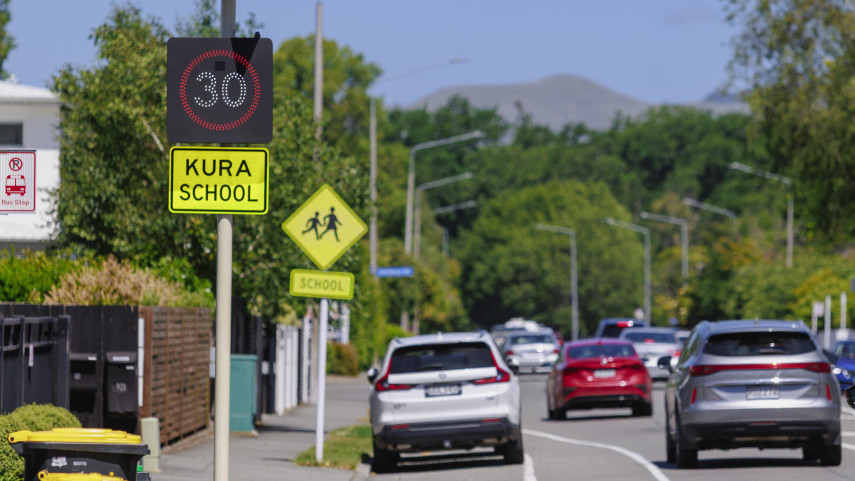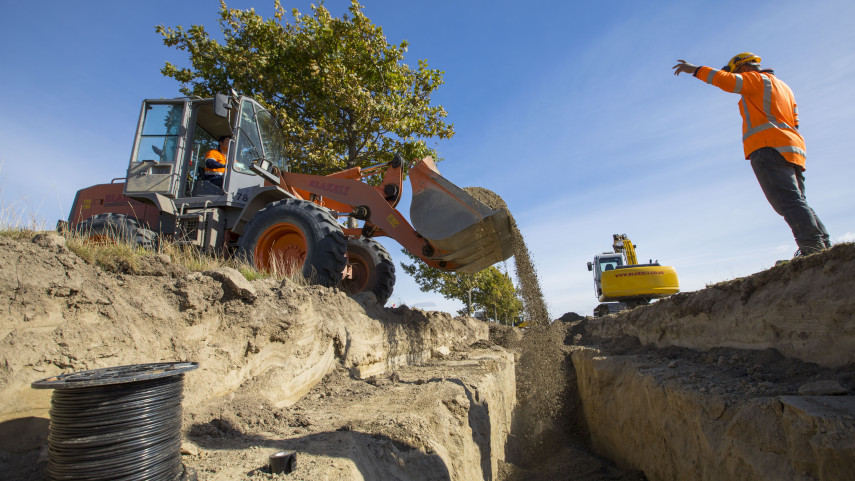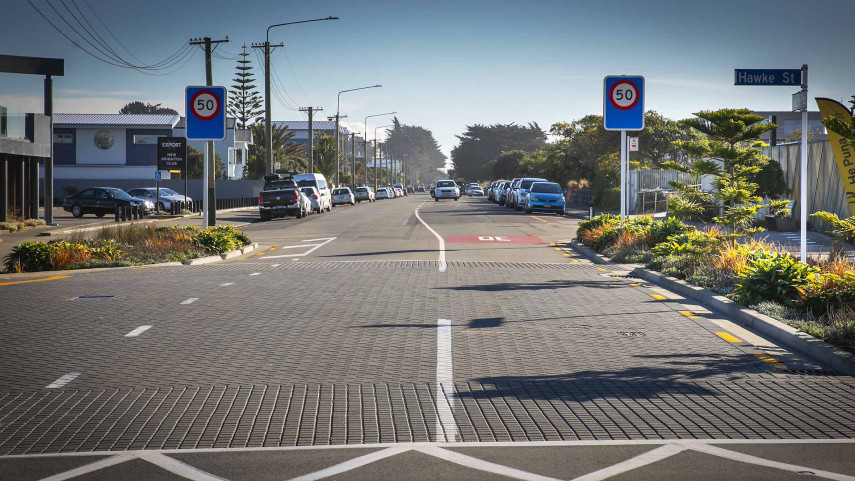On any given day around Christchurch, thousands of people walk to work, school, the shops and for exercise.
Check out the rules and some tips for pedestrian safety below.
Christchurch will continue to develop a safe network of footpaths and walkways as part of its long term plan of creating a world class transport network.
Walk savvy
- Heed traffic signs and signals
- Cross at designated crossings
- Check for vehicles exiting driveways and coming from all directions
- Make eye contact to ensure you've been seen
- If it's dark, it can be harder to be seen so consider wearing something bright or reflective, and carrying a light
- While repair and maintenance is being carried out, note footpath diversions and utilise the cordoned areas provided
Senior citizens
- Pedestrian safety for senior citizens [PDF, 249 KB]
Child pedestrian safety tips for drivers
- Watch for children when backing out of your driveway
- Drive out forward from your driveway if you can
- Double check the footpath and cycleway
- If you have to reverse, do it safely and slowly
- Look for people on foot, scooting, skating and cycling
- Remember children are unpredictable
Stop at school patrols when stop sign is extended
School patrols often find it hard to get a break in the traffic.
- Stop if a school patrol sign is extended, regardless of which side of the road it is on
- Slow down around schools and be prepared to stop at all school crossing points
- Keep plenty of space between you and cars in front
Parents guide to child safety
- Parents guide to child pedestrian safety [PDF, 782 KB]
Signal crossing at a traffic light
A signalised crossing is where there is a pedestrian light (red/green man) at a set of traffic lights.
- Press the button at the signalised crossing, the red man will light up on the pole across the road, indicating you need to wait.
- When the green man is lit, double-check for traffic coming from all directions before crossing.
- Flashing red man means to continue to cross if you've already started, but do not start if you haven't as vehicles will start moving again soon.
- Do not step onto the road when the red man is lit.
SmartPad crossings
Some pedestrian crossings are installed with a yellow SmartPad.
- Here, you need to stand on the SmartPad and press the call button.
- When the red pedestrian signal appears, remain standing on the SmartPad until the signal changes to green and you have checked that it is safe to cross the road.
- If you step off the SmartPad before the signal changes, your call will be cancelled.
Pedestrian zebra crossing
- If vehicles are approaching, wait for them to pass or stop before starting to cross.
- Vehicles must give way to pedestrians on any part of the crossings.
Staggered pedestrian zebra crossing
- Check for traffic from your right, until you reach the island in the middle of the road and then check for traffic from your left before you proceed to cross the rest of the road.
- Vehicles must stop and give way to pedestrians on their half of the road.
Pedestrian refuge island
- These are not zebra crossings.
- These are designed to give pedestrians a chance to get across in two stages, giving the pedestrian a safer place to wait before making the second stage of the crossing.
- Check for traffic from your right, until you reach the middle of the road and then check for traffic from your left before you proceed to cross the rest of the road.
Raised platforms
- These are not zebra crossings and are sometimes referred to as courtesy crossings.
- In many shopping areas where the road surface changes e.g. from asphalt to paving, it is an indication for drivers to reduce their speed and be aware of people wishing to cross.
- Pedestrians must give way to vehicles.
Related news

New variable speed zones will make it safer to get to school
Speed limits are being lowered at the start and end of the school day to make it safer for tamariki and rangatahi to get to schools and kura in Ōtautahi Christchurch and Te Pātaka o Rākaihautū Banks Peninsula.
3 Dec 2025
Water and roading infrastructure in the northwest is being upgraded
Water and roading infrastructure in the city’s northwest is being upgraded to make sure these essential services continue to meet the needs of our growing communities.
1 Dec 2025
Marine Parade renewal project to begin this month
Renewal work on Marine Parade in New Brighton will start on November 24.
13 Nov 2025
